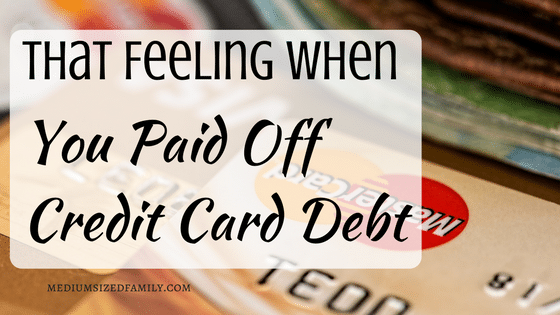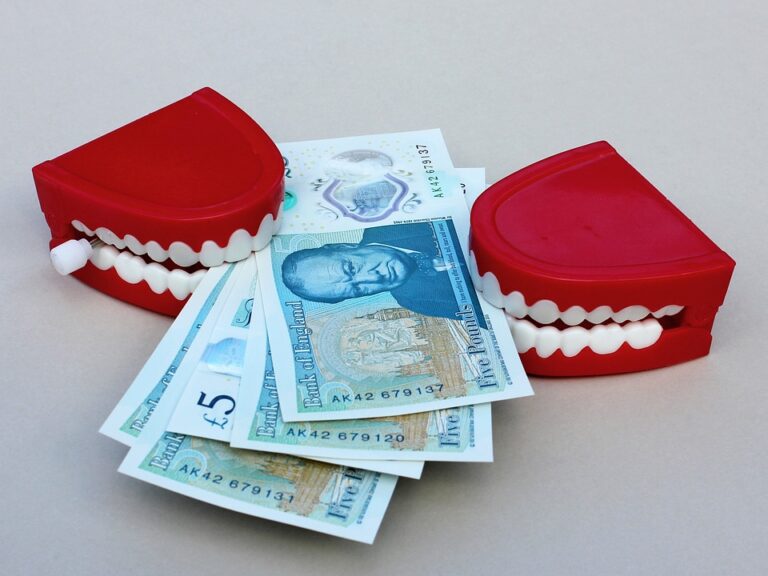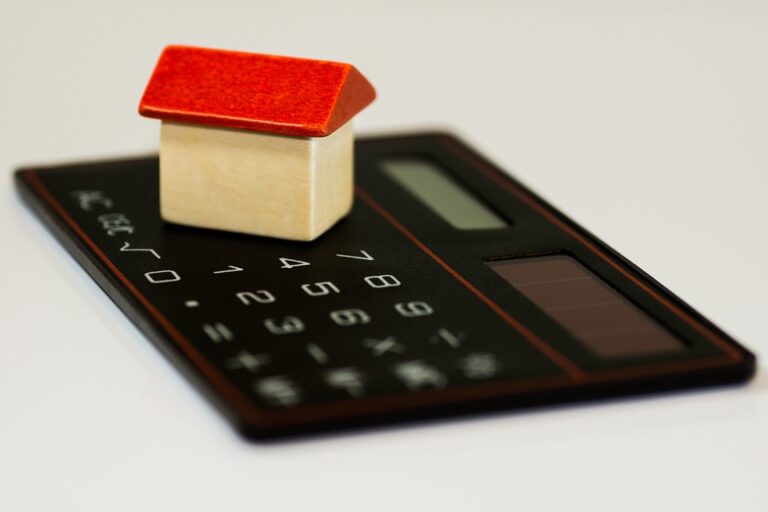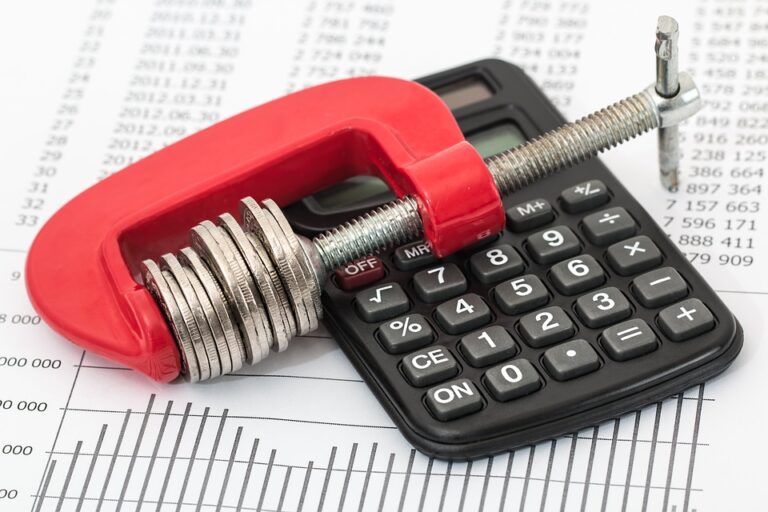Last updated Jul. 1, 2023 by Charles Zemub
can you pay off a credit card with another credit card
Assume you have high-interest balances on one or more credit cards and want to consolidate at a reduced APR. “Can you pay off a credit card with another credit card?” you may wonder.
Yes, you can pay off a credit card using another credit card, and there are several ways to do so. However, each method has advantages and disadvantages.
In this article, I am going to show you how to pay off a credit card with another credit card, the easiest methods to do it, and what to do if you are finding it hard to pay your credit card bills.
How to pay a credit card bill with another credit card
Balance transfers and cash advances are the two most common ways to pay off a credit card using another credit card. Both can be considered shortly, but crucial differences must be understood before moving further with either.
Cash Advance
Although utilizing a cash advance to pay off another credit card is possible, it’s not a wise idea. The fee for a cash advance is frequently higher than the fee for a balance transfer for the same amount. Cash advances have usually levied a fee upfront.
You’ll never obtain a 0% APR on a cash advance, either. In addition, you’ll be charged interest immediately, which will typically be more than the card’s usual purchase and balance transfer APR.
In other words, if you use a cash advance, you may end up paying more than if you just used the original card’s amount.
How does a cash advance work?
In many cases, a cash advance is the most costly option. You can withdraw money from your credit card with a cash advance, just like you would at an ATM. You must deposit the money into your bank account to pay off your credit card.
In many cases, cash advances come with significant fees and interest rates. It’s also vital to remember that interest accrues when you take the money out of the account.
Because it isn’t a conventional credit card purchase, it doesn’t begin to accrue until the conclusion of your monthly cycle. This means that a cash advance has no waiting period.
Balance Transfer
When a balance transfer occurs, a credit card from a different issuer is used to pay off an amount on an existing credit card, essentially transferring that balance to the new card.
With a balance transfer, you’re merely transferring the balance of one card to another. The main reason for doing so is to consolidate debt from a higher-interest card to one with lower interest.
A balance transfer introductory annual percentage rate (APR) is normally 0%, but it can be less than the actual APR for a defined length of time, ranging from 6 to 20 months, depending on the card.
It is possible that other cards will send balance transfer checks to current cardholders, so you do not have to apply for a new card to take advantage of this service.
With this option, it’s simple to pay off an amount and avoid interest charges at the same time. In most cases, the outstanding balance will continue to accrue interest at the usual APR until it is paid in full after the promotional period ends.
You can save money and get your debt paid off faster if you pay off your credit card amount before the promotional period ends if you have a card with a 0% APR balance transfer offer.
It’s important to remember that balance transfers normally charge between 3 percent and 5 percent of the transferred balance.
In other words, if you transfer $5,000, you should expect to see between $150 and $250 added to your balance. However, if the interest savings outweigh the up-front price, it may be worthwhile to pay the fee.
Good Read: Best personal loans with low interest
How does a balance transfer work?
Many credit card issuers provide special balance transfer deals to entice new customers. A balance transfer is a great option to pay off your balance within the promotional timeframe.
Balance transfer fees should be avoided where feasible. Check the interest rate after the promotional period ends and how a balance transfer may affect your credit score.
Before transferring funds, read the card member agreement and contact your lender to confirm the details.
What are the pros of paying a credit card bill with another credit card
Using a balance transfer to pay off your debt is possible, but this option is not for everyone. Let’s consider the pros and cons briefly:
Pros
The 0% interest rate deal
The major advantage of a transfer credit card with a 0% balance is the 0% introductory APR deal. During the promo time, all of the payments of your monthly bills will be applied to the principal amount.
Consolidating your debts
Using a single balance transfer credit card to combine your debt and eliminate the hassle of making different payments each month will save you time and money.
Reduce the use of borrowed funds
When you transfer a balance to a new card, the credit limit on your old card is reduced (lower credit utilization) by the new balance transfer credit amount. In the absence of any new debt, your utilization rate will continue to decrease as long as you keep up with your payments.
Cons
No Intention to stop using the first card
In the event that you pay off an amount on another credit card, you should immediately stop using the card with the zero balance until you can pay off the larger one.
Struggling to keep up with payments
If you’re having trouble keeping up with your monthly credit card payments, it might not be a good idea to pay it off with another credit card. Even if you consolidate all of your debts, you won’t save money in the long run.
Bad Spending Habits
Bad spending habits may worsen your debt if not checked. Ensure your curtail or reduce unnecessary expenses and make a budget that fits your income as soon as possible.
This may include moving to cheaper apartments and stuff like that. The goal is to cut down on your expense which may limit your debt pay-off speed.
You Can’t Pay Off One Card Using Another Card From the Same Bank
Interest and other fees are big moneymakers for banks, so they often won’t enable you to pay off one credit card with a credit card from the same bank.

To take advantage of a balance transfer offer, you should move your balance from one bank-issued credit card to another with a 0% APR offer. Use the balance transfer offer to deposit funds into your checking account, then pay off your credit card payment with those funds.
You can also read: Savings vs. checking account (what are the differences)
What to Do if You Can’t Pay Your Credit Card Bill
A balance transfer request is unlikely to help you if you’re having trouble making your minimum payments each month because you’ll have to pay the new card’s debt at some point.
However, there are alternative options to consider:
Contact your bank or credit card company.
If you’re having trouble making your payments, you may be able to get help from your credit card company.
Discretion: a lower interest rate or a different payment schedule are all options for getting help. It’s important to bear in mind that this debt alleviation may only be for a short period, so it’s not a viable long-term option.
Work with a Credit advisor.
A volunteer credit counseling agency may be able to help if you’ve already tried working with your credit card company, and it hasn’t worked out. A credit advisor or counselor can assist you in assessing your current financial condition and formulating a plan of action.
A debt management plan may be necessary in some instances. It’s possible to negotiate with your creditors to lower your monthly payment or interest rate, and the agency can assist you to prevent defaulting on small amounts that may initially set in and another recurring cost.
Offer to pay off your loan in full.
Offer to settle for less than you owe if your financial position is so bad that a debt management plan won’t help. This option should only be explored if you are already considerably behind on your payments due to the significant damage it can cause to your credit score.
Avoided Insolvency by filing for bankruptcy.
You may be forced to file for bankruptcy if you have exhausted all other options and still cannot find a solution.
Nevertheless, bankruptcy should only be considered a last choice because of its catastrophic impact on your credit and money. This alternative may be beneficial to you if the appropriate situations arise.
Ensure your credit is in order before applying for a new credit card.
When considering a 0% APR balance transfer credit card, keep in mind that most lenders will only approve applicants with high or exceptional credit.
According to FICO, the credit rating business, a credit score of 670 or above is normally required. Before applying for a loan, check your credit score to see where you stand. If you need to strengthen your credit history, do so before applying.
Best Transfer Balance Cards to suit your needs
Here are some suggestions to help you get started:
U.S. Bank Visa® Platinum Card:
It’s possible to get a 0% initial APR for the first 20 billing cycles on purchases and balance transfers with it, but after that, it has a variable APR of 14.49% – 24.49%.
Citi® Double Cash Card:
It carries a yearly fee of $0 and has a 0% intro APR on all balance transfers for 18 months. APRs will range from 13.99% to 23.99% after that, depending on a borrower’s creditworthiness.
During the first four months after account opening, there is an initial balance transfer fee of either $5 or 3% of the amount of each transfer. After that, they will charge a minimum fee of 5% for each transfer. A fee of 5% of each transfer will be charged (with a minimum of $5).
Citi® Diamond Preferred® Card:
0% intro APR on eligible debt transfers for 21 months from the initial transfer date, and 0% intro APR for 12 months on expenditures, both from the date you activated the card, which charges no yearly fee.
Depending on your creditworthiness, the adjustable APR will be 13.74 percent – 23.74 percent. All balance transfers must be fulfilled within four months of opening the account. The greater of $5 or 5% of each transfer’s value is charged as a balance transfer fee.

Frequently Asked Questions
1. When should I pay my credit card bill?
You should settle your credit card bill before the due date each month. Pay your credit card statement in full as quickly as practicable, even if you only pay a little portion of the outstanding sum.
To improve your credit rating, paying your payment in full or in part before a balance is reported is beneficial.
2. Can I pay my credit card bill with a debit card?
Most credit card companies request a direct bank transfer to pay your bill online. A routing number and account number must be provided. It’s not possible to provide a debit card number here.
3. Could I pay a credit card bill with a cash advance?
You could legally pay your credit card bill with a cash advance from another card, but doing so would be costly and leave you more in debt.
A money order would subsequently be used to settle your bill after you received an advance. It’s possible to pay your credit card bill in person at a local branch of the bank that issued it if it has one.
Conclusion
The only way to consolidate your debt is to take full advantage of a balance transfer deal, which allows you to move money from one credit card to another. Consider the benefits and drawbacks before signing up for any new credit card offering an introductory 0% APR.
A cash advance on your credit card should not be one of your options if you aren’t sure if a balance transfer is good for you.
Explore balance transfer cards and personal loans if you want to consolidate your credit card debt. Calculate your savings on interest and the time it will take you to be debt-free, and then choose the option that best suits your circumstances.







